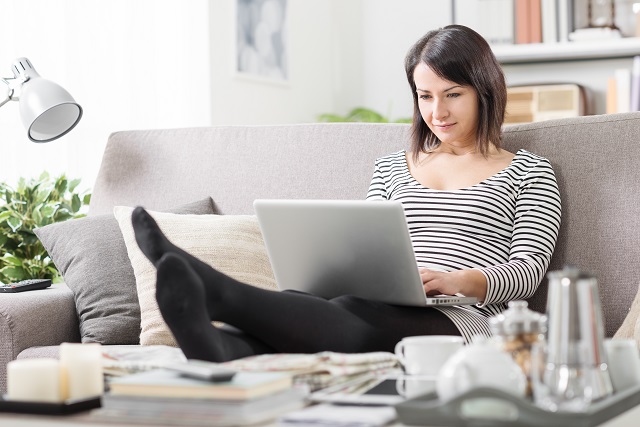
Did you know that 53.2 percent of single home buyers are women? You are in good company if you are one of them. Not only are these purchasing powerhouses helping the economy, but they are empowering a whole generation of women to build equity (and therefore, net worth) by owning a home.
Living alone — whether you’re male or female — is not without its challenges, and sometimes, the drawbacks for women can be particularly stressful. While living alone comes with many advantages — like having the freedom to decorate however you want, stock your kitchen with foods you love, and bring home as many pets as you please — it can also be a little lonely and, at times, a little scary. If safety and security are at the top of your mind, this guide can help you feel a bit more at ease when you hear those eerie creaks, groans and bumps in the night. We’ll show you eight ways solo female homeowners can feel more secure, and live alone worry-free.
Invest in a Security System
When it comes to home security systems, the best option is the one that appeals to your peace of mind. You can install a home monitoring system that includes motion detectors, broken glass sensors, security cameras and smartphone apps. You can also keep it simple with fewer bells and whistles or lower cost options. A home security system costs, on average, close to $700, which is a sound investment if you have many valuables or live in an area prone to break-ins. If personal safety is a concern, consider a system that allows you to set it off manually, so even if you suspect an intruder, you can alert the authorities.
Tip: install a second keypad in your bedroom or home office. Savvy intruders know that the keypads that set security systems are often installed by the front and back doors in homes. Having one in your bedroom can make living alone feel much more comfortable and secure.
Test Your Alarms Regularly
Security alarms aren’t the only alert systems a home needs; it’s equally important that your fire and carbon monoxide alarms are in working order as well. Smoke detectors are standard in most homes, but you may need to purchase a carbon monoxide alarm. Cheaper detectors will only alert you when the carbon monoxide levels are high, while the more expensive ones can alert you to lower levels, which are a health risk for people with respiratory illnesses and weak immune systems. Make sure you get the best smoke or CO2 alarm for your home. Monthly testing ensures your alarms are working properly, so set a reminder on your phone calendar.
Get to Know Your Neighbors
“Safety in numbers” isn’t just a catch phrase. Knowing your neighbors doesn’t have to mean becoming best friends with them, but at least introducing yourself to them will help you build a relationship of trust and communication. If friendships emerge out of that, even better! Don’t give out any personal information that you aren’t comfortable with, but feel them out to see if they are the kind of people you want watching your back. From checking your mail to parking a car in your driveway, trustworthy neighbors are especially handy to have when you go out of town.
Adopt a Dog
Nothing says “I love you” quite like a dog’s wagging tail — or “stay away” quite like a loud bark. You should adopt a dog for as many reasons as possible to keep them engaged and healthy. Whether you want a jogging buddy, movie night companion, constant guardian and more, a dog can help alleviate mental impairments like anxiety. Not only can a canine warm up your home, but some breeds are fiercely loyal, often defending both you and the home. Consider what you’re looking for in a your pet and how training, exercising and enjoying his or her company will help fill your home and any lacking sense of security.
Install Smart Lights Inside and Out
When you are trying to prevent a break-in, you have to think like a burglar. The ideal break-in is quick, easy and cloaked in darkness. Installing smart lights is an effective way to feel secure even when you’re not at home. Smart lights connect via the internet to an app on your phone. You can use that app to turn on your lights when you aren’t home. Not only can this help deter a break-in, but it can also help you feel more secure knowing you’re not walking into a dark house at the end of the day.
Installing outdoor lighting is another powerful strategy for deterring would-be intruders. A well-lit exterior is one that can help neighbors easily spot a stranger breaking a window or prying open a door.
Fix Security Risks
Did you know that 70 percent of home intruders come in through the front door? Assess your home’s security weaknesses so you can spruce them up, adding an extra layer of safety and security. Here are some common, quick fixes you can do yourself or hire a pro to complete:
- Trim or remove climbable trees near windows and second story doors.
- Trim shrubs that cover windows so burglars have nothing to hide behind.
- Add heavy-duty, aftermarket window and door locks like BurglaBar, Safety 1st ProGrade or Momentum Brands Sliding Window Lock. If you need, you can find a locksmith for consultation and installation.
- Change up your routine. For example, switch your regular Wednesday night kickboxing class for your gym’s Thursday night yoga session occasionally.
- Make sure your garage door can only be opened by a key, remote or code. If your garage door is manual, consider installing a motorized garage door, which is ranked as one of the top five best projects for the ROI.
Report Suspicious Activity
You may feel awkward when it turns out that the guy you saw (and called the cops on) crawling in through a neighbor’s window was his teenager’s boyfriend. But, being on top of suspicious activity is a huge deterrent to neighborhood crime. If you see someone taking a bicycle out of a backyard and you’re pretty sure they don’t live in that house, calling the police sends a forceful message to criminals scouting your area. You can rarely be too cautious about suspicious activity when you live alone.
Take a Self-Defense Class
Though the chances of engaging in hand-to-hand combat are extremely low — even if you live in a high-crime area — having self-defense training could be the confidence-booster you need to make living alone feel more relaxed. If, as a solo female homeowner, you want to feel more reassured on your own, self-defense training can add a touch of resilience to your daily life. Even if your safety is never at risk, being confident you can protect yourself if the time comes can make you feel more at ease living alone.
Becoming a first-time homeowner is an exciting journey. Whether you choose to buy a house in the suburbs or a condo in the city, these eight tips can help you feel more at home in your abode. Don’t let feelings of insecurity limit the joy of living alone. This is your time to embrace the freedom and flexibility of being a homeowner on your own terms.
 Katrina Cottages – More Than a Temporary Solution
Katrina Cottages – More Than a Temporary Solution 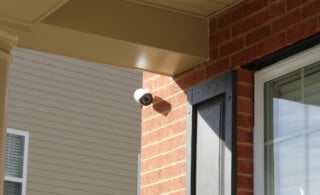 Home Motion Detectors Secure Your Safety
Home Motion Detectors Secure Your Safety 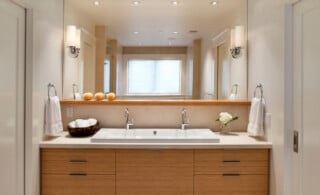 Report from PCBC: New Home Construction
Report from PCBC: New Home Construction 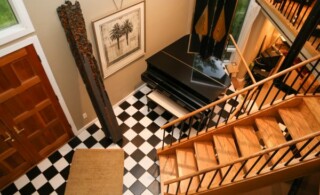 Split Level House: Homes of Staggering Design
Split Level House: Homes of Staggering Design 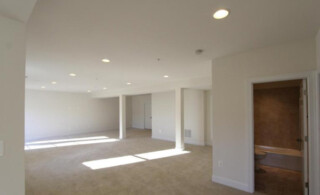 The Safe Haven of a Panic Room
The Safe Haven of a Panic Room 

Are You Familiar With This Topic? Share Your Experience.